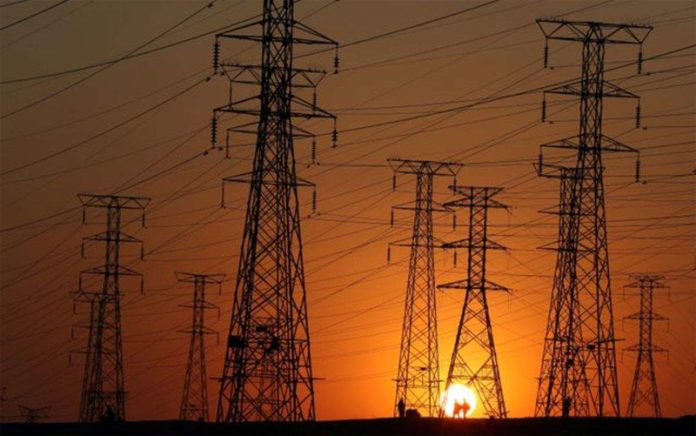Suhail Bhat
SRINAGAR, Apr 28: The usual relief brought by spring to the residents of Kashmir has been overshadowed this year by an unprecedented power shortage, described by locals as the most severe in decades despite recent hikes in electricity tariff hikes and installation of smart meters.
The electricity woes plaguing Kashmir have reached a critical juncture, with residents experiencing an acute shortage of power that surpasses anything witnessed in recent memory during the spring. Despite the arrival of spring, typically a period of respite for locals, the Valley remains engulfed by darkness due to prolonged power outages.
The resident said that despite a significant increase in electricity tariffs (mostly for non-metered areas) over the past six months, they are facing drastic drops in supply, leading to widespread frustration and disruptions in daily life.
Click Here To Follow Our WhatsApp Channel
Expressing their dismay, residents across the Valley highlighted the severity of the crisis. One resident from the Zaina Kadal area of Srinagar lamented: “In the last six months, my monthly power bill has gone from Rs 700 to Rs 1560, but I did not even receive uninterrupted electricity for two hours.” He highlighted the plight of patients relying on oxygen concentrators, whose lives are threatened by frequent power disruptions.
Traditionally, the Kashmir Power Development Corporation Limited (KPDCL) issues power curtailment schedules for winter, allowing for planned outages. However, this year, locals said that the curtailments extend well beyond the typical winter schedule, exacerbating the already dire situation.
Metered areas, where residents pay for electricity consumption, are also bearing the brunt of the crisis. Once accustomed to round-the-clock power, these areas now face frequent disruptions, pushing residents back in time as they resort to using gas lamps and candles to illuminate their homes.
Javeed Ahmad, a resident of the Eidgah area, highlighted the deteriorating conditions. “After dusk, darkness envelops everything, forcing us to rely on candles for essential tasks like dinner and education. Despite the installation of smart meters, the situation has only worsened,” he said.
The impact extends beyond residential areas, with the business community suffering substantial losses due to the lack of uninterrupted power supply. “I work in a tourist area where work picks up after dusk. I waited for spring, hoping for better electricity, but had to buy a generator instead,” lamented a shopkeeper at Dalagte area of Srinagar.
Women, primarily responsible for household chores, are badly affected by the crisis. “Our routine is disrupted, with tasks often left incomplete due to erratic power supplies. Sometimes, I wake up at dawn to cook, while other times, I am forced to stay awake late into the night to wash clothes,” a woman from the Pampore area said.
Last week, the Kashmir Power Development Corporation Limited (KPDCL) acknowledged the situation, attributing it to limited power availability. “Due to limited power availability, there has been an unavoidable increase in power curtailment. These restrictions will be eased once power availability improves. Please bear with us and ensure judicious use of power, especially during peak hours. Avoid exceeding sanctioned loads or hooking,” KPDCL wrote on microblogging site X.
According to officials, the current load requirement for Kashmir far exceeds the available supply, leading to persistent shortages. Despite efforts to improve revenue collection, the PDD continues to face challenges, primarily due to insufficient purchases from outside sources.
Chief Engineer KPDCL, Sandeep Seth, did not respond to multiple calls from this reporter for his response on the crisis.


